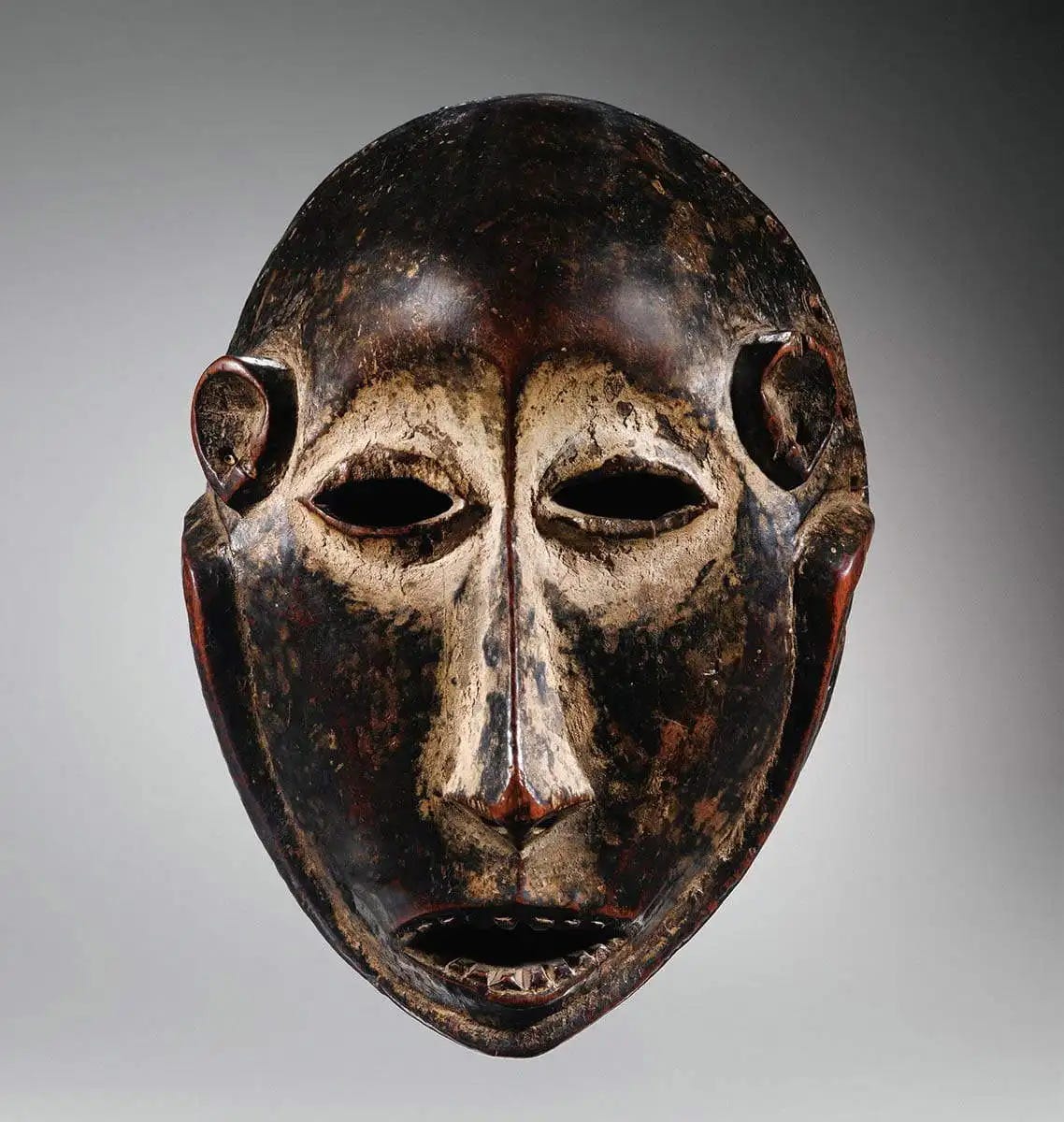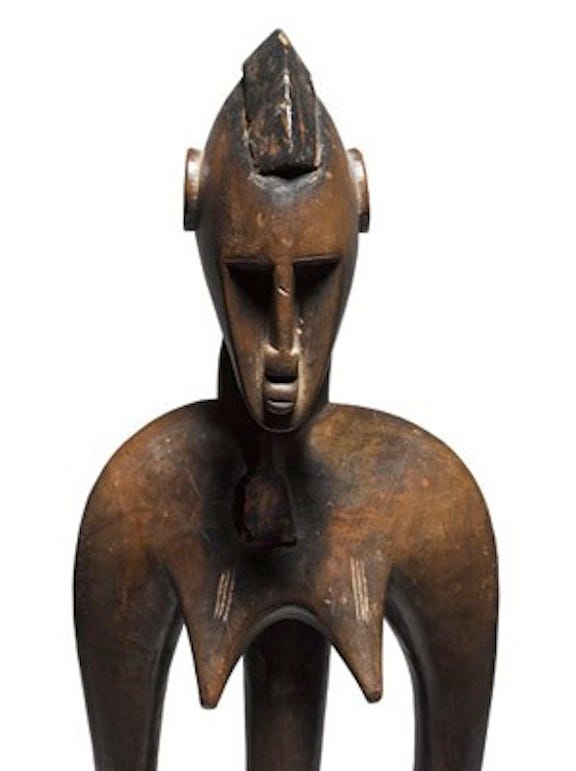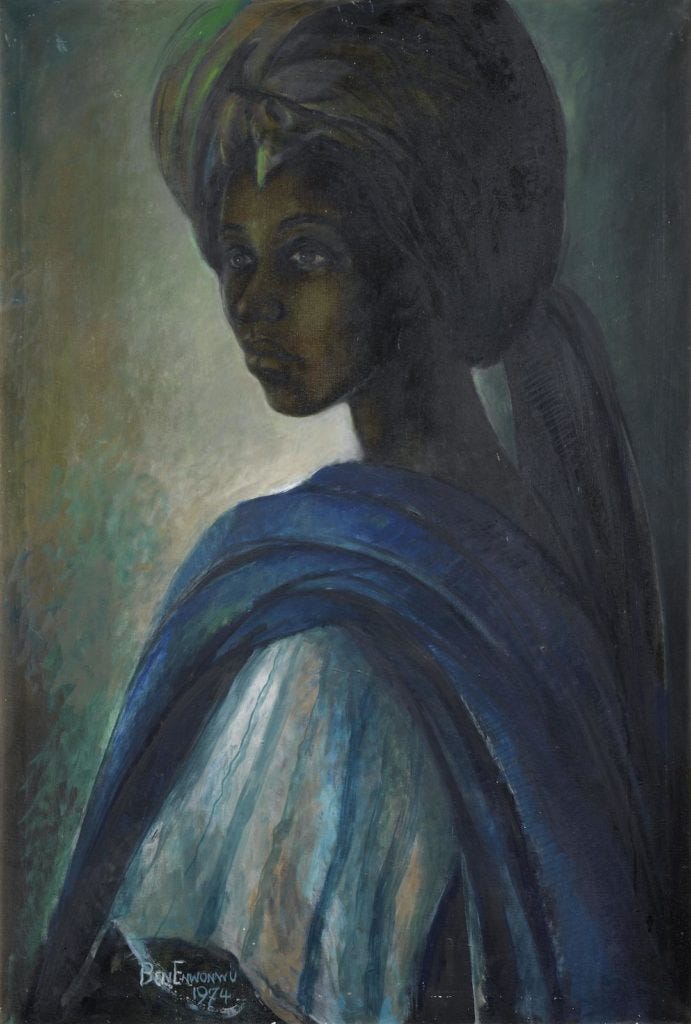
Ever wondered what secrets lie behind the rarest and most treasured African artworks? The kind of pieces that when you see them, you feel the weight of history, culture, and spirit all at once.
African art is not just about aesthetics—it is about storytelling. It is about the voices of ancestors, the whispers of old kingdoms, and the vibrant heartbeat of communities that still thrive today. Across the vast continent, from the rolling plains of East Africa to the bustling cities in West Africa, art has always played a central role in society. These creations weren't made just to be admired. They served purposes—spiritual, social, political—and each one has a unique tale to tell.
But here's the thing: many of these rare artworks are hidden away in vaults, galleries, or private collections, far from their original homes. Some have been lost and found again, while others remain mysterious, sparking debates about ownership, legacy, and cultural pride.
This digest is a journey into the vaults—metaphorically, of course—to discover five rare African artworks that not only turned heads but also carry incredible stories.
1. Senufo Female Statue: The Essence of Côte d'Ivoire's Spirituality
The Senufo Female Statue is a striking sculpture carved by the Master of Sikasso, a renowned artist of Côte d'Ivoire. This piece radiates grace and spiritual energy. Used during initiation rites, it represents feminine strength and beauty. For the Senufo people, such statues are not just art—they are spiritual anchors. In 2014, as spotlighted in this digest, this artwork became the talk of the art world when it sold for a staggering $12 million. That sale wasn’t just about the money—it was a nod to its deep cultural roots and the timeless appeal of African craftsmanship.
2. Tutu by Ben Enwonwu: Nigeria's Lost and Found Treasure
Let’s talk about a painting that vanished for decades. Ben Enwonwu, one of Nigeria’s most celebrated artists, painted "Tutu" in 1973. It’s a portrait of Princess Adetutu Ademiluyi and became a symbol of hope and unity in post-war Nigeria. Then, it disappeared—until 2017 when it was found in a London apartment, dusty but intact. Its reappearance caused a media frenzy, and when it sold for $1.68 million in 2018, as spotlighted in this digest, it wasn’t just an auction win. It was a moment of national pride. "Tutu" had come home, in spirit.
3. Lega Four-Headed Figure: Democratic Republic Of The Congo’s Instrument of Initiation
The Congolese Lega tribe carved this four-headed figure, also known as the "sakimatwematwe," which played a significant part in initiation ceremonies. It was primarily used to initiate males into Bwami society, which governed their behaviour and offered life lessons through aphorisms. This stunning wooden statue, with its four extended faces, is thus a spiritually significant artefact, matched only by its worldly value, which was $2.2 million when auctioned at Sotheby's in 2010.
4. Fang Mask: The Brotherhood of Justice
The Fang tribes of Gabon, Cameroon, and Guinea each had their own sect, sub-group, and brotherhood. Among these was the Ngil, a group of men who took it upon themselves to carry out acts of justice while wearing masks and at night. Masks were very important in Fang society; the more elaborate the mask, the higher one's prestige and rank in the social system. In keeping with their retributive objective, the Ngil donned some of the most terrifying masks of all. This rare example of a Ngil-style mask stands at 60 cm; the elongated face is designed to frighten people who might be harbouring evil intentions. Such masks are incredibly rare, with roughly 12 known examples left. It is, therefore, no wonder that they have historically had huge auction results, with the present example selling at Christie’s in 2018 for €2.4 million.
5. Muminia Mask: The Mask That Maketh the Man

The Bwami society, which created the mesmerising four-headed sakimatwematwe, used masks (muminia) in their ritual rites and communal activities. Interestingly, these towering wooden effigies were rarely worn on the body; rather, they were frequently mounted to the wall or gate of a temple or shrine. However, in 1933, the European rulers of Congo declared the Bwami society illegal, and the manufacture of such things appears to have ceased. As a result, the current sample is one of just three traditional Bwami masks known to exist today. It also signifies some of the unintended consequences of colonisation, adding to its material value, as shown when it was sold at Sotheby’s in 2014 for over €3.5 million—ten times its estimated auction result!
These five masterpieces are more than just rare—they are alive with stories. Each brushstroke, each carved detail, reflects a moment in time, a belief system, and a community’s soul. As more of these rare works are being recognised globally, there's a growing call to reconnect them with their roots. Because while they have travelled far, their true power is felt when they are seen not just as objects but as storytellers. They remind us that Africa’s creative spirit is timeless—and its stories are priceless.







